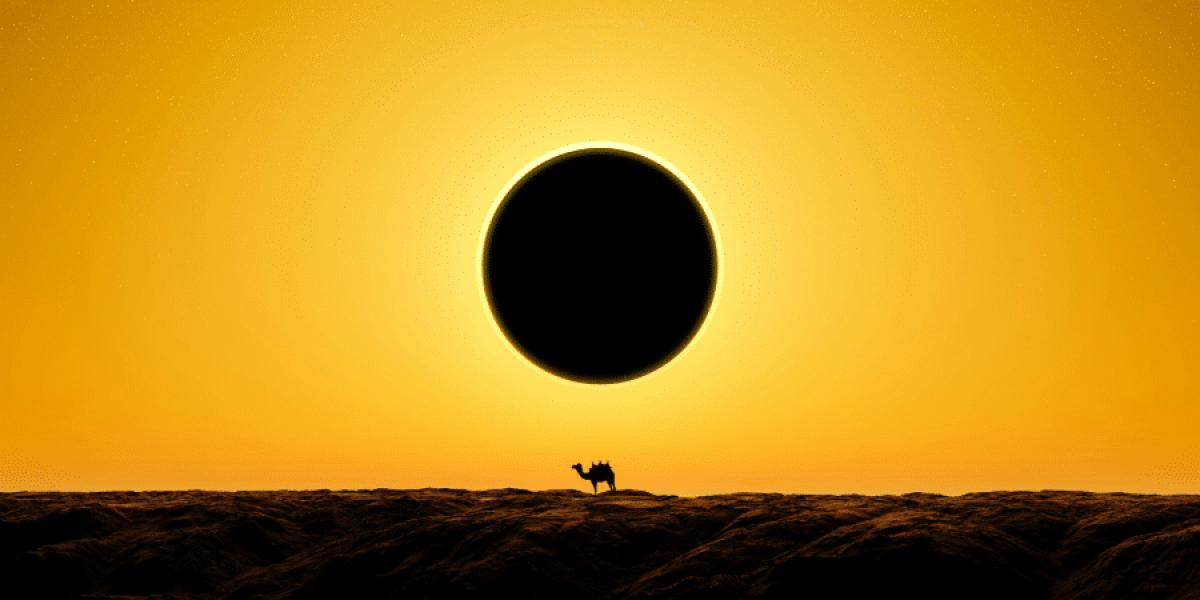The celestial ballet of the sun, moon, and earth has intrigued humanity for millennia, with solar eclipses standing out as one of the most captivating performances in the cosmic theater. As we gaze upward, witnessing the sun momentarily obscured by the moon’s passage, it’s natural to wonder about the frequency of these awe-inspiring events. Let’s embark on a journey to unravel the mysteries behind the occurrence of solar eclipses and explore the intricacies of their celestial dance.
Solar eclipses occur when the moon, in its perpetual orbit around the earth, aligns perfectly between our planet and the sun, casting a shadow upon the earth’s surface. This captivating alignment typically takes place during the new moon phase when the moon, illuminated only by the distant glow of earthshine, crosses the path of the radiant sun. However, not every new moon heralds the spectacle of a solar eclipse; the cosmic choreography must align just right for this celestial show to unfold.
At the heart of the matter lies the tilt of the moon’s orbit relative to the earth’s orbit around the sun. While the moon’s path around our planet appears nearly circular, it is slightly inclined, forming an angle of approximately 5 degrees with respect to the earth’s orbital plane. This subtle tilt means that most new moons pass either above or below the sun’s position as seen from earth, resulting in uneventful nights and waxing crescents rather than the dramatic spectacle of an eclipse.
But when the stars—or rather, the sun, moon, and earth—align, magic ensues. On average, between two to five solar eclipses grace the skies each year, painting a canvas of wonder and awe for those fortunate enough to witness them. However, the frequency and visibility of these celestial dramas vary depending on a multitude of factors, including the moon’s orbital inclination, its distance from earth, and our planet’s position in relation to the sun.
Among the celestial performances, two main acts take center stage: total and partial eclipses. During a total solar eclipse, the moon’s shadow, known as the umbra, completely envelops the sun, plunging observers into a momentary twilight and revealing the ethereal solar corona. Total solar eclipses are a rare gem in the astronomical calendar, occurring roughly once every 18 months somewhere on earth. However, the path of totality, where the eclipse is visible in its full splendor, is often narrow, spanning only a fraction of the planet’s surface.
In contrast, partial solar eclipses offer a more common but no less enchanting spectacle. As the moon’s shadow dances across the sun’s disk, observers outside the path of totality witness a celestial ballet, with the moon taking a celestial nibble out of the sun’s radiant face. These partial eclipses occur more frequently than their total counterparts and can be observed from a broader geographic range, delighting skywatchers with their subtle yet mesmerizing display.
Amidst the grandeur of total and partial eclipses, a third type, known as annular eclipses, adds a touch of cosmic intrigue. During an annular eclipse, the moon, at its farthest point from earth in its elliptical orbit, appears slightly smaller than the sun, creating a stunning ring of fire as the sun’s outer edges remain visible around the moon’s silhouette. While less common than total or partial eclipses, annular eclipses offer a captivating glimpse into the dynamic interplay of celestial bodies.
In conclusion, while solar eclipses may seem like rare and extraordinary events, they are, in fact, a testament to the precision and beauty of our cosmic dance. From the spellbinding totality of a total eclipse to the enchanting crescent of a partial eclipse, each celestial event invites us to marvel at the wonders of our universe. So, as we await the next cosmic spectacle, let us keep our eyes on the skies, ready to witness the celestial ballet unfold before our very eyes.















